
Глава 5. Прибытие в столицу Талыша
Когда наступает вечер, Ленкорань засыпает,
За прошедший день благодаря Аллаху…
Живет тут простой народ —
Талыши, без страха и злобы.

Различные версии происхождения названия Ленкорань четко указывают на его иранское происхождение. Одна из них утверждает, что название возникло от персидского слова «Ленгеркюнан», что переводится как «место якорения, на берегу которого стоят суда».
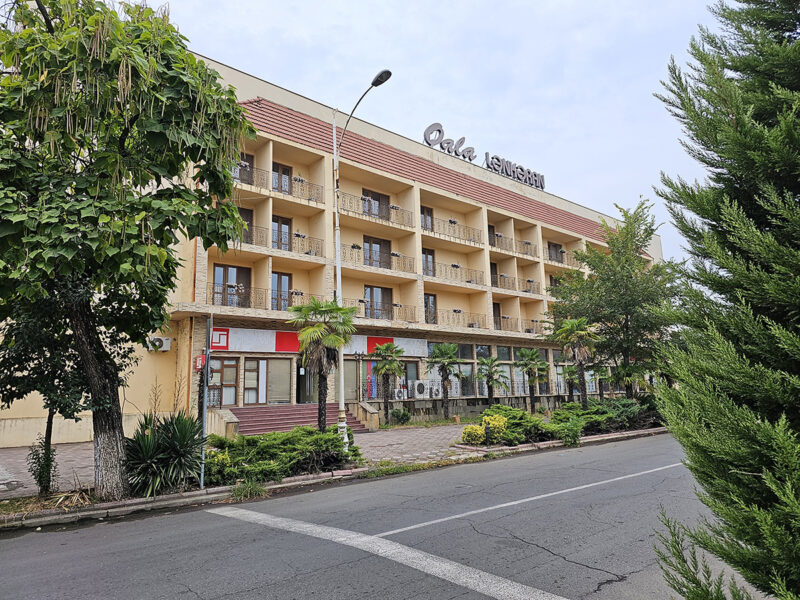
Большинство жителей Ленкорани — талыши, и город является центром талышского населения в Азербайджане.
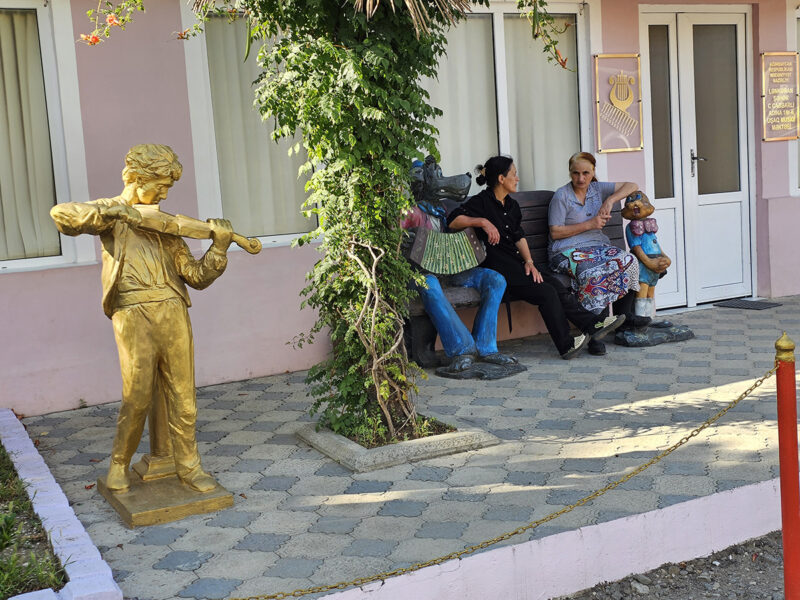
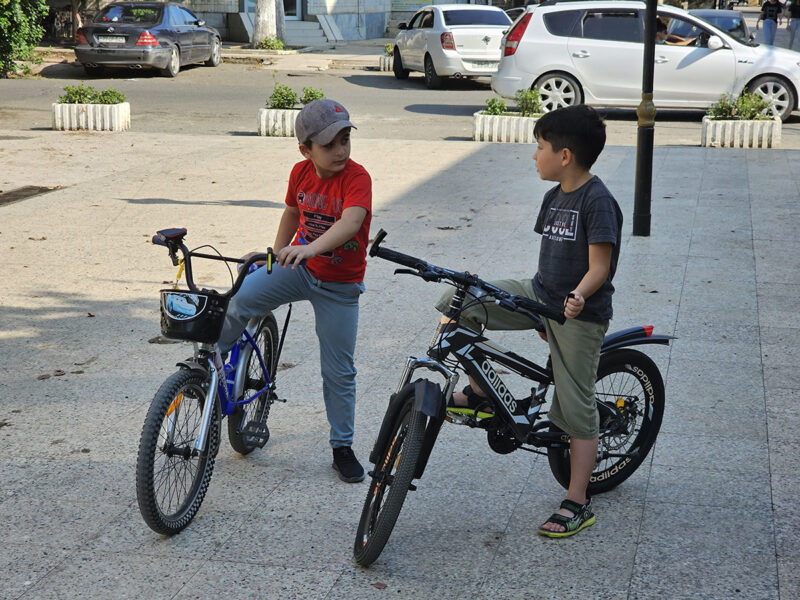
Город не слишком крупный, его население не превышает 60 тысяч человек, однако здесь уютно, спокойно и очень зелено. Основные отрасли — сельское хозяйство, чайное производство, выращивание риса, цитрусовых, пчеловодство и другие занятия для тех, кто ценит медленный темп жизни — например, как я.


For some, Lenkoran may appear «slightly drowsy» (what else should a small city be in humid and warm subtropics?!), while for others, it is simply a paradise on Earth, where there is no need to rush anywhere, endlessly «pushing the pedals» in the hope of catching up with yesterday.

Here, one simply wants to live, unhurriedly, and savoring every minute.
However, the surrounding tranquility is occasionally disrupted by various dissonances that cannot be ignored.

Not far from the local train station, there is a memorial dedicated to the genocide of Azerbaijanis by Armenians. This enmity, it turns out, has been going on for over 100 years — I must confess, I did not even suspect that it had such a long history.
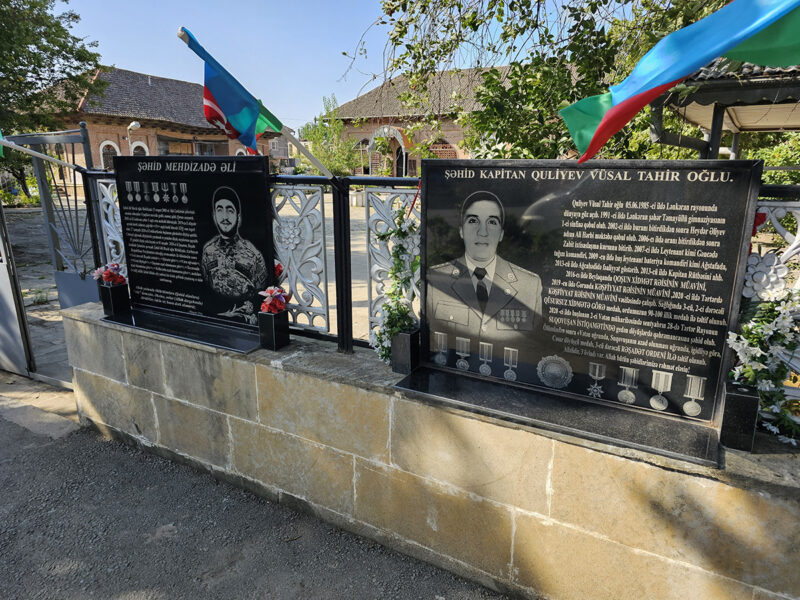
Впоследствии множество крупных ошибок совершила Советская власть. Например, до 1988 года азербайджанцы в значительных группах компактно обитали на территории Армении. В отличие от армян, проживавших на территории Нагорного Карабаха, власти СССР не предоставили территориям сосредоточенного проживания азербайджанцев статус автономии в рамках Армянской Советской Социалистической Республики.
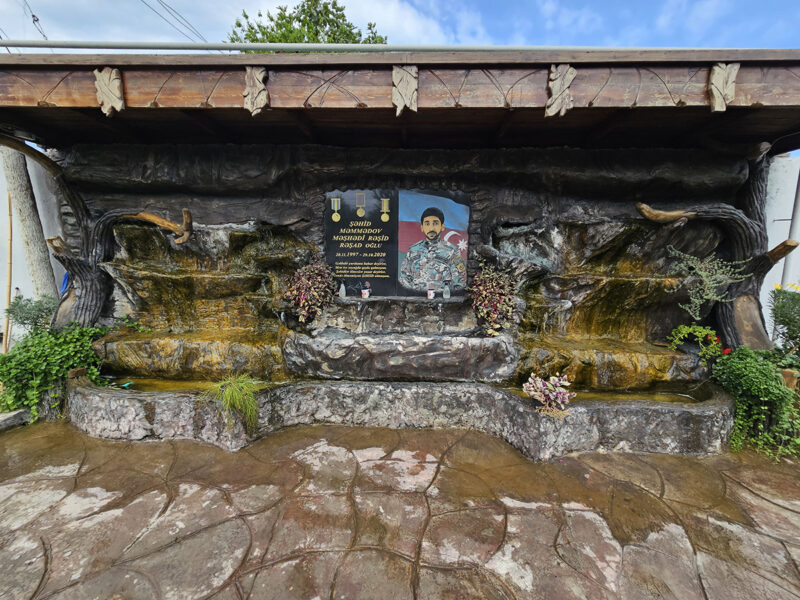
Вследствие всех неравенств армяно-азербайджанский конфликт стал известен как один из наиболее трагических вооруженных столкновений в истории ХХ века и современности, а его результаты повлияли на судьбы многих армян и азербайджанцев.

На сегодняшний день позиции азербайджанцев по данному вопросу значительно различны. Одни уже утомлены от вражды, вспоминают, как все жили сообща в советский период, и стремятся к примирению. Другие осуждают армян и выражают желание продолжить войну уже на армянской территории.

При этом в абсолютно всех населенных пунктах Азербайджанской Республики, которые мне удалось посетить, можно встретить многочисленные мемориалы, посвященные военнослужащим, погибшим в этой бесконечной войне…


Surroundings of the abandoned railway station create a noticeable contrast with the well-maintained and frequented Lenkoran. The rails here are almost entirely covered in rust, and only distant rusty refrigerator wagons can be seen on the tracks. It is said that before a certain pandemic history, a train regularly ran to Astara from here, but now there are no signs of any movement at all.

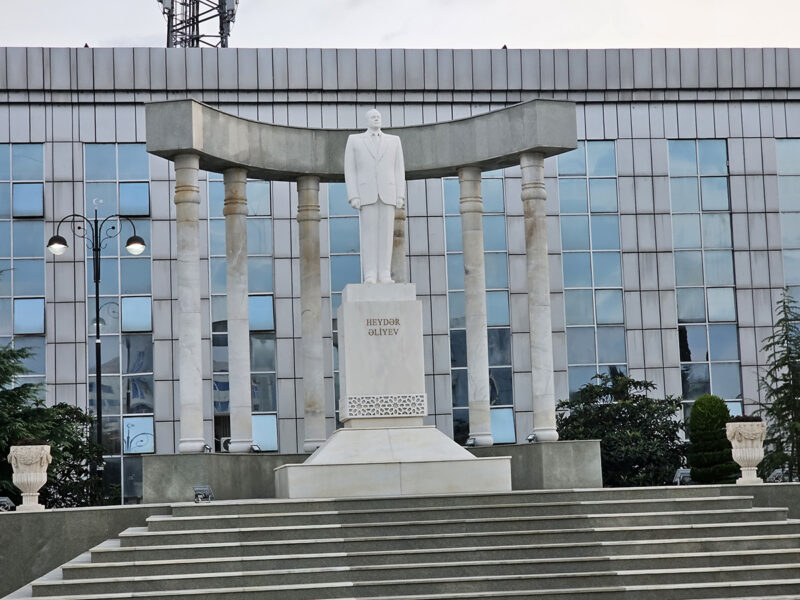
If you cross the railway tracks, you can directly reach the Caspian Sea, where there used to be a well-maintained promenade. Now everything looks quite rundown, the local beach is quite far from here, and the surrounding area is littered and appears rather depressing. Although some attempts at repairs are still visible in some places.
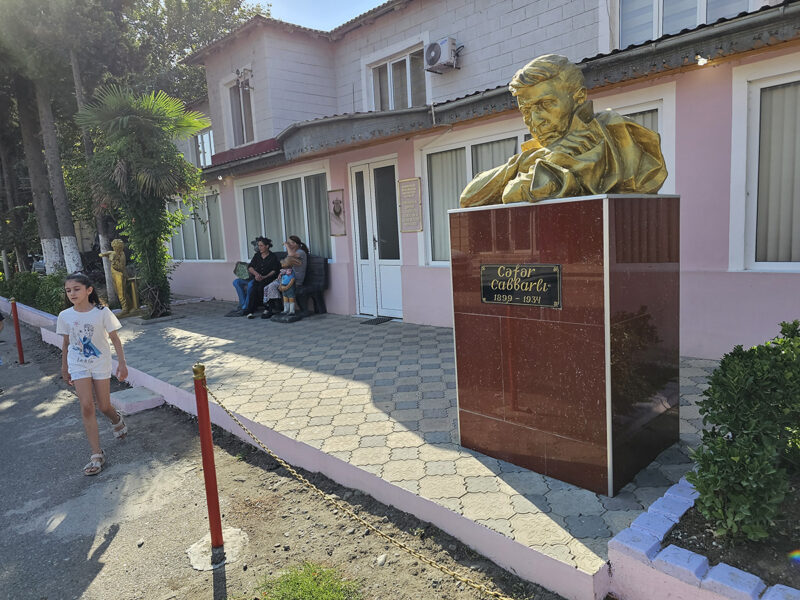

Yet the city itself leaves a pleasant impression with its cleanliness and well-kept appearance. Lenkoran boasts true masterpieces of Azerbaijani architecture, such as the house of Mirahmad Khan Talishinsky (Khan-Evi). This building, constructed in 1913 from white and red bricks, reflects all the beauty and skill of Eastern architecture. Mirahmad ordered it for his wife Tugra when she won a beauty contest in the Caucasus.
Мирахмад хан was a business person who engaged in trade with France. His connections in Europe helped attract French architects to the construction, who designed an exquisite building that blended features of Azerbaijani and European architecture. White and red bricks for building the house were shipped by sea from Baku, and the palace itself became the first multi-story building in Lenkoran, which was at that time exclusively a single-story city. Additionally, Mirahmad khan Talishinsky’s house became the first where electricity was installed (with the installation of a special power plant) and a central heating system was installed.

After the revolution, the building was nationalized and used for the operation of the Soviet authorities, and since 1991, the Khan-Evi palace has housed the Lenkoran State Local Lore Museum. It contains over 7000 exhibits that tell the story of the region. These include household items made of clay and metal, traditional clothing, and magnificent Azerbaijani carpets. The museum halls feature staged compositions with voluminous figures showing how people lived in Lenkoran many years ago.
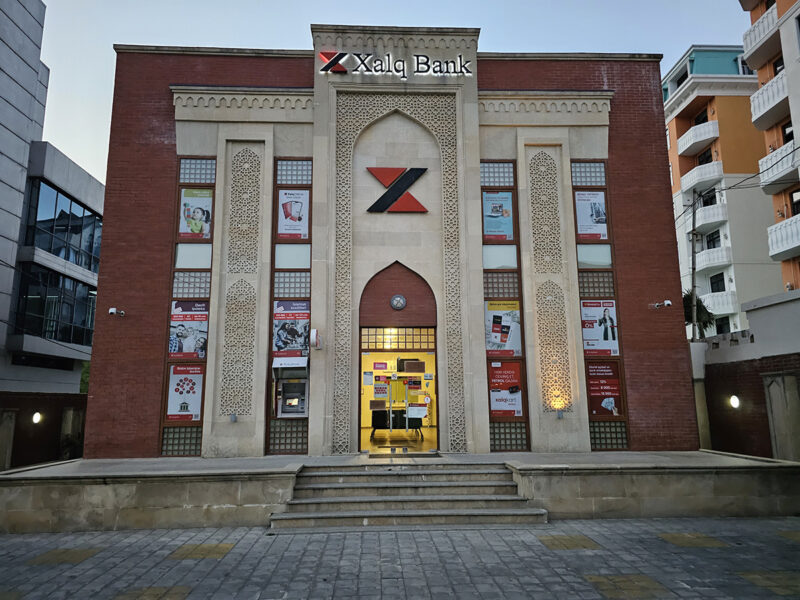

To be continued…
The post «By the sea with the title Caspian… (Talysh through the eyes of a Kazakh)» first appeared on ‘Our life.’ News of Pavlodar and the region.


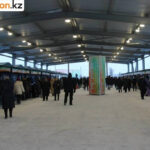
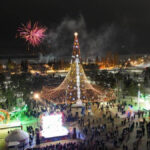

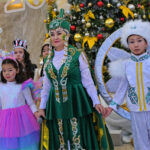

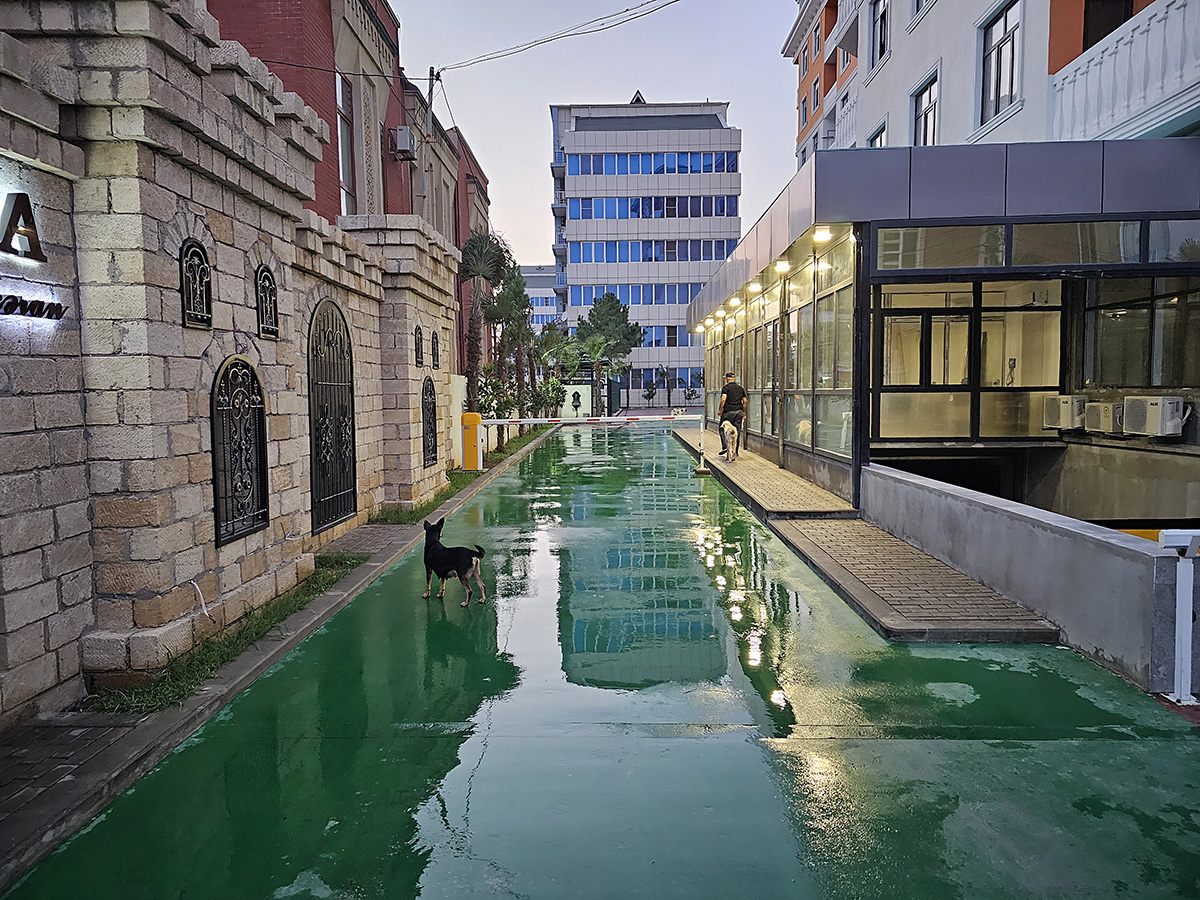
+ There are no comments
Add yours